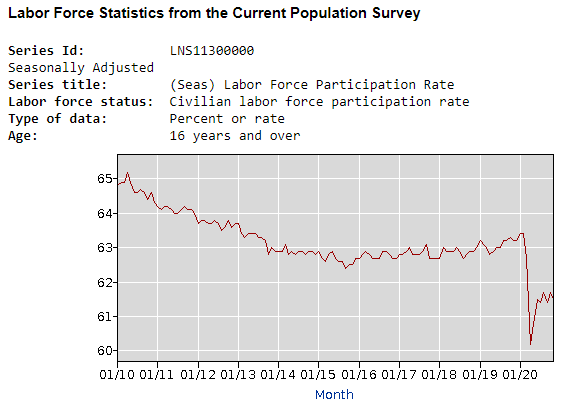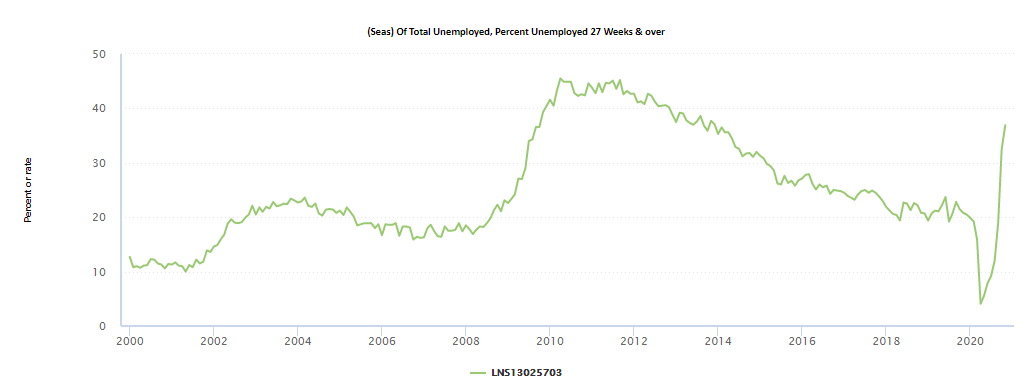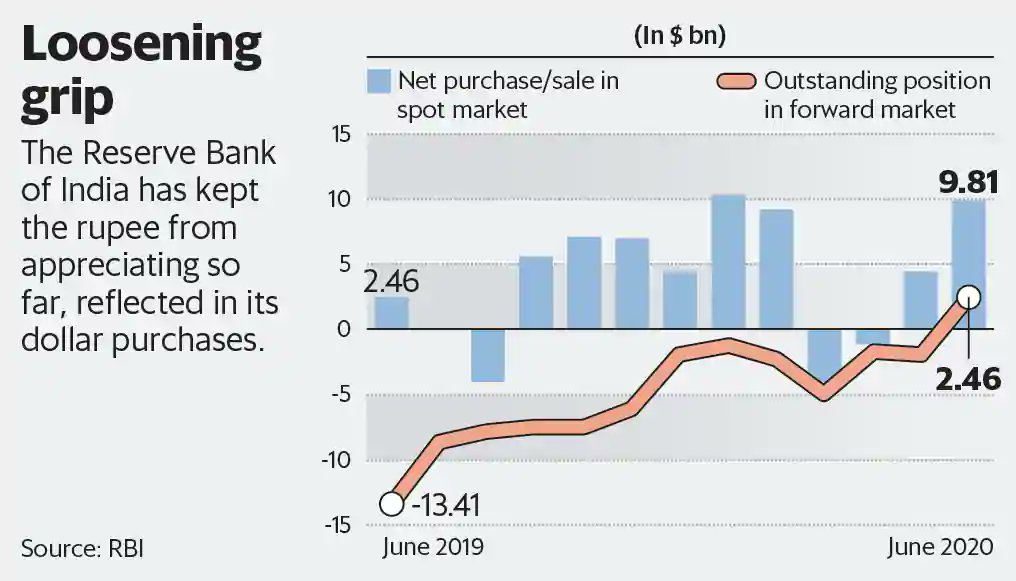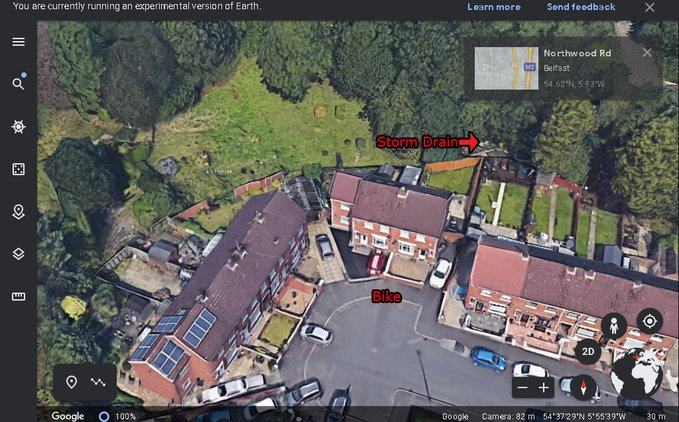We still have 10 million fewer jobs than we did in February. Clawing the rest back at +245k per month will take basically forever. If this is the second half of the recovery, it's going to be grim
Payrolls in November rose a mere +245k. That's the sort of number you might see in a "normal" month, and definitely not what you're hoping for in the snapback from a covid-induced shutdown.
THE RECOVERY IS STALLING.
We still have 10 million fewer jobs than we did in February. Clawing the rest back at +245k per month will take basically forever. If this is the second half of the recovery, it's going to be grim
The virus is back, which hobbles the service sector, and stimulus has basically petered out, leaving the economy with little help. It doesn't have to be this way.

- State governments cut -243k jobs in March-May, and now an additional 134k since September.
- Local governments cut -1255k jobs March-May, and -187k since Sept.
And more cuts are ahead.
https://t.co/4RHutW5Q4E
Put another way: I don\u2019t think we should interpret jobs numbers or other economic data now the way we did in the 08-10 recession and recovery. Jobs (at least some jobs) going up when COVID is out of control is a failure of public health policy, not a success of economic policy.
— Dan Hirschman (@asociologist) December 4, 2020
The first act was firms re-opening and recalling furloughed workers.
The second act is harder: Millions lost their jobs permanently & there aren't many new opportunities opening up for them.
The second act is a grim slog.
https://t.co/tLb6uYhe9f
The unemployment rate fell from 6.9% to 6.7% in November. BUT... labor force participation fell so the employment rate fell.
— Jason Furman (@jasonfurman) December 4, 2020
My measure of the "realistic" unemployment rate actually rose.
And the "full recall" unemployment rate rose.
Blog coming, a little on this now. pic.twitter.com/SbgA9VQorB
As people lose contact with the labor market, they lose connections, skills, and hope.

How many job reports like this will it take before the people arguing there is a trade off between health and the economy admit that getting control of the virus is critical for fixing the economy?
— Austan Goolsbee (@Austan_Goolsbee) December 4, 2020
[*Narrator: he already knew the answer to this question*]
More from Economy
https://t.co/fa3GX9VnW0
Innocuous 1 sentence, but its a full economic theory at play.
Let me break it down for you. (1/n)
91 day TBills at 3.03%. Interest rates are even lower than RBI has them.
— Deepak Shenoy (@deepakshenoy) January 6, 2021
On September 30, 2020, I wrote an article for @CFASocietyIndia where I explained that RBI is all set to lose its ability to set interest rates if it continues to fiddle with the exchange rate (2/n)
What do I mean, "fiddle with the exchange rate"?
In essence, if RBI opts and continues to manage exchange rate, then that is "fiddling with the exchange rate"
RBI has done that in the past and has restarted it in 2020 - very explicitly. (3/n)
First in March 2020, it opened a Dollar/INR swap of $2B with far leg to be unwound in September 2020.
Implying INR will be bought from the open markets in order to prevent INR from falling vis a vis USD (4/n)
The Second aspect is now, that dollar inflow is happening, and the forex reserves swelled -> implying the rupee is appreciating, RBI again intervened from September, by selling INR in spot markets. (5/n)
https://t.co/9kpWP7ovyM

You May Also Like
On Sunday 21st June, 14 year old Noah Donohoe left his home to meet his friends at Cave Hill Belfast to study for school. #RememberMyNoah💙

He was on his black Apollo mountain bike, fully dressed, wearing a helmet and carrying a backpack containing his laptop and 2 books with his name on them. He also had his mobile phone with him.
On the 27th of June. Noah's naked body was sadly discovered 950m inside a storm drain, between access points. This storm drain was accessible through an area completely unfamiliar to him, behind houses at Northwood Road. https://t.co/bpz3Rmc0wq

"Noah's body was found by specially trained police officers between two drain access points within a section of the tunnel running under the Translink access road," said Mr McCrisken."
Noah's bike was also found near a house, behind a car, in the same area. It had been there for more than 24 hours before a member of public who lived in the street said she read reports of a missing child and checked the bike and phoned the police.























